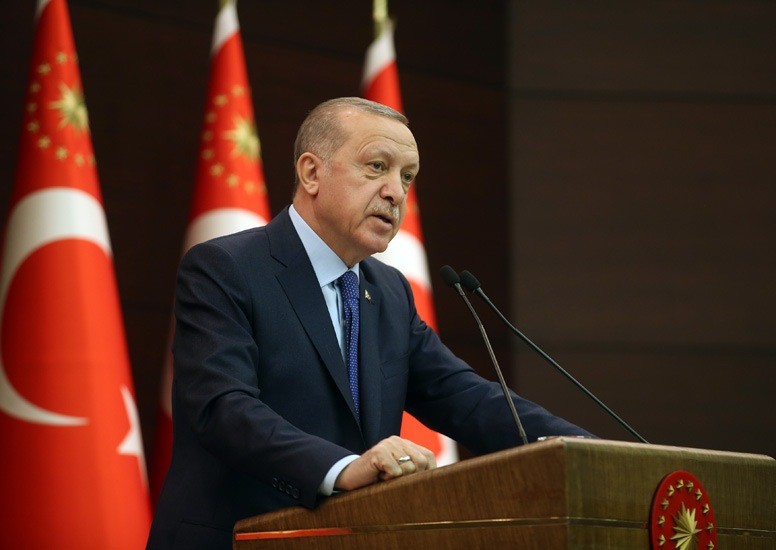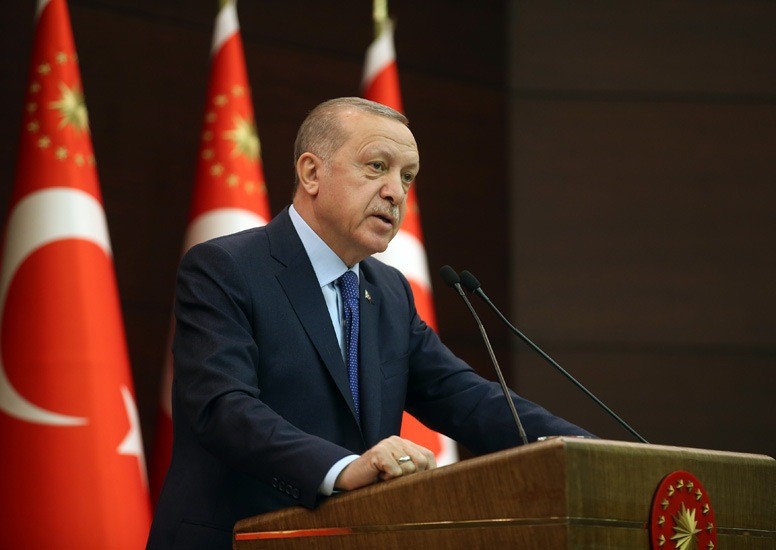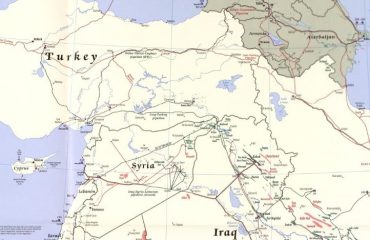

Coordination among monetary and fiscal policies is needed much more than ever at this time. While both of these policies aim to provide economic stability, their tools and areas of operation are different. It is essential for these policies to complement each other and support the economy without generating additional risks and vulnerabilities.
Monetary Policy
Central banks cannot prevent the economic slowdown caused by social isolation. The money supply, which is the only tool of monetary policy, affects the system as a whole and does not have any fine tuning abilities at the sectoral level.
Central banks are pumping money to address the liquidity needs arising from financial panic. This way, they aim to prevent the financial crisis from causing an additional slowdown, on top of the drag caused by isolation.
As the major central banks such as the Federal Reserve or the ECB inject enormous amounts of money into the system, they are not only acting upon domestic concerns but also acting to ensure the health of the global financial markets more generally.
The Central Bank of Turkey (CBRT) has joined its peers by lowering the policy rate, reserve requirements and easing the terms of borrowing to make liquidity more available. In an environment of low risk appetite, it may be a more cautious approach for the CBRT to accommodate the economy by lowering reserve requirements first, rather than lowering interest rates. Our research suggests that reserve requirements work as an effective macroprudential tool when financial stability is fragile.
Fiscal policy
Fiscal policy needs to transfer a significant portion of the budget to the health sector. Unfortunately, the stimulus package that was announced by the Turkish government on March 18 did not mention this critical issue, which should be clarified urgently. Furthermore, a breakdown in the distribution of the 100 billion TL ($15 bln) package was not provided, which should have been explicitly spelled out for better analysis.
The second imminent task of fiscal policy is to support the sectors that are most affected by the pandemic in order to prevent bankruptcies and job losses. This way, any further erosion in demand stemming from those who experience a decline in their incomes might be prevented.
The stimulus package announced by the government is consistent with the general framework adopted by other countries. There is postponement of tax obligations, social security premiums and credit payments of the companies in the services sector. The limits of the Credit Guarantee Fund have been increased to make bank loans more accessible. Temporary income support is provided to those workers whose companies have ceased production due to the pandemic.
What is missing in the package?
One of the main components that is missing in the package is the absence of direct transfer payments to those who have lost their jobs or experienced interruptions in their income streams due to the pandemic. If the lost income and salaries are not replaced by the government, it is impossible to keep the wheels of the economy turning. Hence, either the package should be reevaluated to generate room for transfer payments or it should be expanded to support the masses that have experienced a sudden loss in their incomes. Or maybe both.
Would it be possible to expand the current 100 billion TL ($15 bln) package and provide transfer payments to those who cannot go to work, who had to take unpaid leave or those who lost their jobs due to the pandemic? Or, instead of worrying about who is affected from the pandemic the most, would transfer payments in the form of “helicopter money” be more appropriate in the Turkish context which has a sizeable informal economy?
Where is the funding going to come from?
In order to provide more support, fiscal policy needs to generate funding, which requires borrowing. The government needs to issue bonds, and these bonds should be sold either in domestic or international markets.
The rapid increase in our risk premium raises our cost of external borrowing despite the decline in global interest rates. Furthermore, in an environment where the investors are hesitant to hold even US government bonds, it is unlikely that the Turkish government bonds will find international buyers. A swap agreement with the Federal Reserve could make our life easier, but there is no such option at the moment.
In the absence of external borrowing options, could CBRT provide domestic funding for the government? In principle, this would be similar to the quantitative easing (QE) policies adopted by the Fed or the ECB. In a QE, the central bank prints money and buys sizeable amounts of government bonds. Why can’t we do something similar in Turkey?
The answer to this question is not a lack of TL held by the CBRT. A central bank never runs out of its domestic currency. That is because the central bank has the authority to print as much money as it deems appropriate. What stops the central bank from unlimited money printing is that this is a dangerous weapon. If it is not executed properly and the money is not drained from the system at the right time, money printing is highly inflationary.
If you face a 1.5 percent inflation rate as in the US, and a deep recession is on its way, inflationary consequences of debt monetization may not be imminent. Under those circumstances, you may even consider printing money and dropping it from a helicopter! This is because the public does not expect inflation to get out of control despite these excessive measures. There is still belief that the Fed will drain the money from the system at the right time and establish price control. Furthermore, because market participants do not expect the American government to default on its debt, there will not be a sharp decline in demand for US government bonds which will keep interest rates under control.
Time to take on risk
Things are different in Turkey. We could hardly reach the inflation target even at the most favorable times and gave in to populist policies. Thus, mismanaged debt monetization can lead us all the way to hyperinflation. The way to prevent inflation is to drain the money effectively just as demand starts to pick up. Our past performance suggests that this is a rather challenging task for the CBRT, which may trigger inflation expectations.
What are the cons of debt-monetization? The increase in inflation expectations and the risk premium can increase market interest rates and depreciate TL. If we consider capital controls, risks may escalate further and cause permanent damage going forward. The money that is injected to the system might be converted into USD and gold in this negative environment, rather than being used to finance expenditures.
What are the pros? Despite all these threats, if we manage our risks properly, determine our priorities accurately to channel our limited resources, and signal the correct messages going forward, we may be able to get the economy going again and prevent a much deeper recession.
Supporting the economy by printing money contains substantial risks going forward. Nevertheless, our priority at the moment is to keep the patient alive. One would wish that the patient that needs to go through this critical surgery was in a better condition and the past policy mistakes were not undertaken. Yet this is not a time to complain and criticize the past. We may need to undertake this surgery despite its high risks and primary aim of survival, then aim to avoid any permanent damage. The risks ahead are scary, yet being aware of such risks might be our only safe way out.
Epilogue: “Best safety lies in fear.” William Shakespeare.


